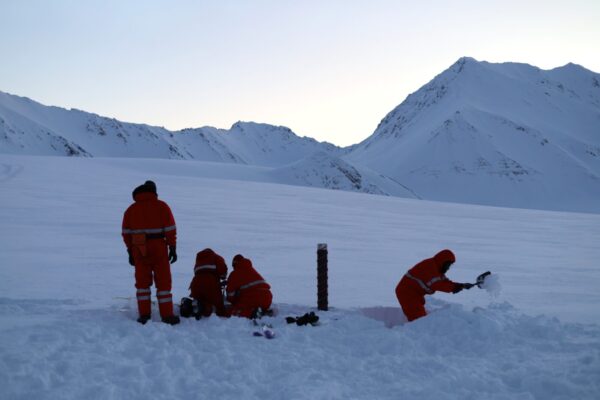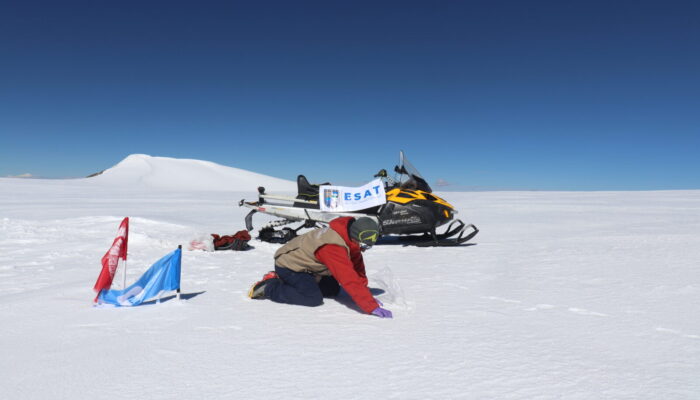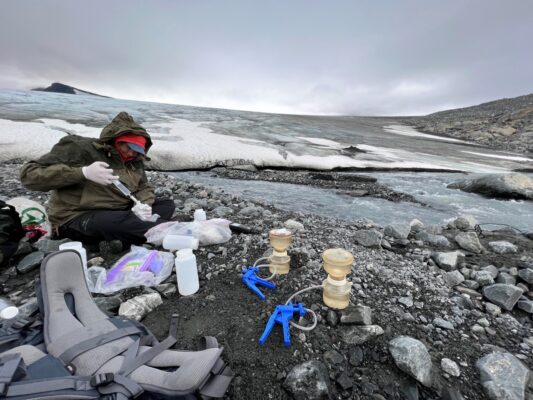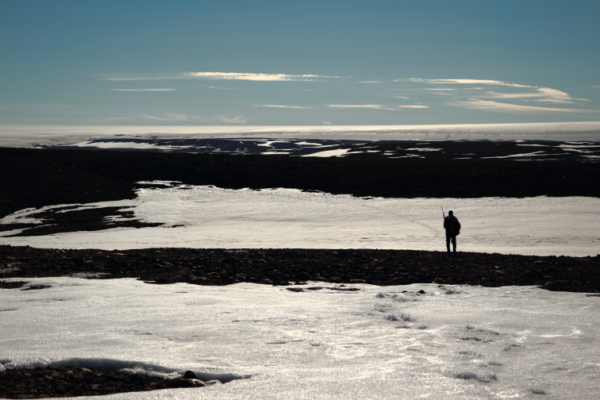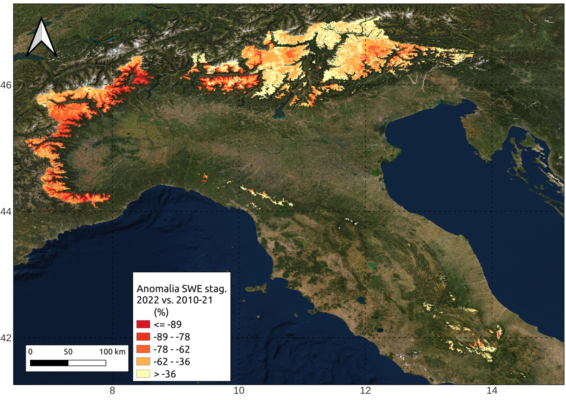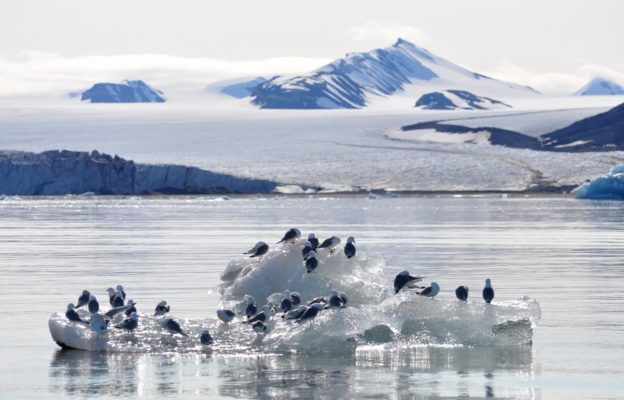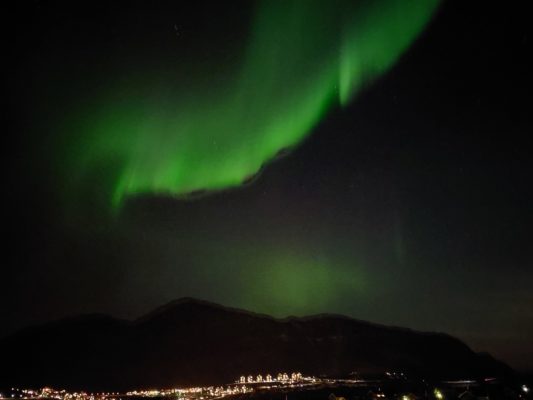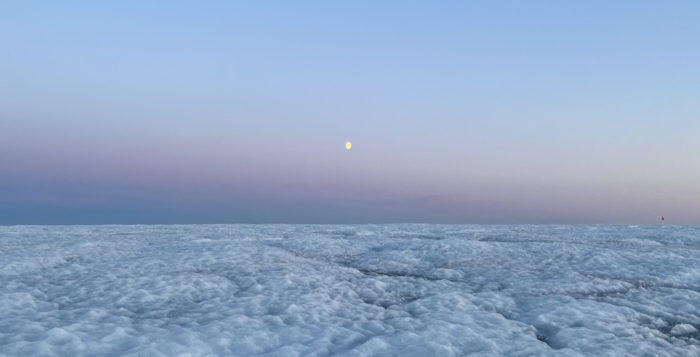Only one month after starting my PhD, I found myself in a tiny plane flying over one of the most beautiful and breathtaking landscapes I’ve ever seen. I was on the way to the northernmost settlement in the world – the research village Ny-Ålesund. What I expected from the trip: cold temperatures, darkness, and lots of snow. What I found instead: stunning views, magical colors, friendly people, and ...[Read More]
Cryo Adventures – Discovering the beauty of polar winter
